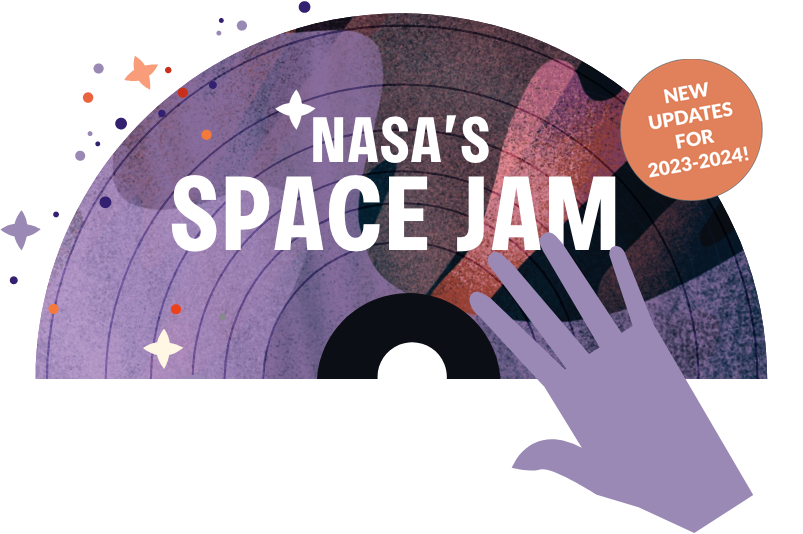

Have a blast learning about music, astronomy, and coding all at once! In these activities you'll program planets to make music that is out of this world. By the end you'll be able to create your own musical solar system, complete with banging drums and spacey melodies. You can even use data of real planets and remix their song however you choose. You'll see how computer science can be used to learn about our universe and to be creative at the same time. Click the button below to begin!
Star: A glowing ball of gas held together by its own gravity and powered by nuclear fusion in its core.
Planet: One of eight major bodies that orbit the Sun, visible to us by reflected sunlight.
Exoplanet: A planet outside of our solar system.
Orbit: The path of an object in space around a star, planet, or moon. Eg., "Earth's orbit around our Sun"
Orbital Period: The period, or orbital period, of a planet is how long it takes to complete one orbit.
Scale (musical scale): An ordered sequence of notes, it can be used as building blocks to make a melody or song.
Octave: In music, the jump between one musical pitch and a higher or lower pitch with the same name. Eg. C4 is one octave higher than C3.
Most of our Universe is too distant to visit in person, but we can still explore it. Telescopes give us a chance to understand what objects in our Universe are like in different types of light. By translating the inherently digital data (in the form of ones and zeroes) captured by telescopes, astronomers can create images of what would otherwise be invisible to us.
But what about experiencing these data with other senses, like hearing? Sonification is the process that translates data into sound. Our sonification project brings parts of our Milky Way galaxy, and of the greater Universe beyond it, to you to listen to. Experience your Universe in a whole new way.
Grades 4-12 learners with no prior coding experience can learn how to use computers to create and animate solar systems and then to use them as a musical instrument. Participants learn basic coding starting with familiar objects and simple concepts such as size and color. Then more advanced astronomical and musical terms are introduced such as the period of a planet and the names of notes and scales. Following a scaffolded set of activities, participants can experience real world applications of computer science to understand our universe and to create unconventional music. Press the Let's get started! button to start the activity, watch the lesson videos below, or check out our examples of some completed steps.
Please help out by giving us feedback! Answer these short (anonymous) questions on the NASA Space Jams activity: https://www.surveymonkey.com/r/sonify
Note: This activity can take from 45-75 minutes, depending on the total number of learners, the length of time allotted per step, etc.
What will we be making? Check out these 2 example files:
Lessons Introduction: Intro to Space Jam
Lesson 1: Draw a Background
Lesson 2: Create a Star
Lesson 3: Create a Planet (& Orbit)
Lesson 4: Create a Solar System
Lesson 5: Pluck a String
Lesson 6: Play Drums
Lesson 7: Play Notes
Lesson 8: Create Your Own Space Jam!
Bonus Lesson: Remix a real extrasolar system!
Brief Educator Notes
(Download our educator guide in PDF)
Note on orbits: The planets in this activity orbit clockwise. The star/planet systems your students build in Space Jam can be any possible star/planet system they like, and star/planet systems can orbit clockwise (or counterclockwise like our own solar system does when viewed from the North) depending on the molecular cloud they formed in and how the system developed.
Grades 2-5 notes: Younger audiences will need a little guidance to get started and some encouragement along the way. The step-by-step nature provided in the lessons should help, and you can take advantage of this by dividing the lessons into even smaller chunks for your learners, moving on to the next segments and lessons as attention permits. There will be terms that need some definition or further discussion to relate the lessons to coding concepts and also astronomical phenomena, such as periods of orbits — see our glossary for help with those terms.
Grades 6-9+ notes: For older learners, after completing all 8 lessons direct your learners to press the ‘More!’ button to explore pre-made musical versions of real solar systems. More advanced learners can also complete a bonus activity which lets them choose any real planetary system and perform simple calculations (division with a calculator) to create them on their own within the app. There are also complementary NASA Space Math activities that will pair well with this activity for a math extension:
1) Exploring the Evaporating Exoplanet HD189733b
Students estimate how quickly this planet will lose its atmosphere and evaporate at its present loss rate of 6 million tons/second.
[Grade: 6-8 | Topics: mass= density x volume; rates; volume of a sphere]
2) Chandra Sees a Distant Planet Evaporating
The planet CoRot2b is losing mass at a rate of 5 million tons per second. Students estimate how long it will take for the planet to lose its atmosphere.
[Grade: 6-8 | Topics: Scientific Notation; Rate = Amount/Time]
Learn More About Sonification in Research & Communication:
Trailer
Part 1: Intro to Sonification
Part 2: How Scientists Use Sonification
Part 3: DIY Sonification
Learn About NASA Images in the Activities:
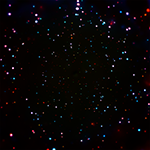
Chandra Deep Field South
[ Learn More ]
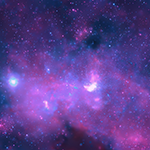
Our Galaxy's Center
[ Learn More ]
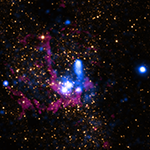
Sagittarius A* Black Hole
[ Learn More ]

Perseus Galaxy Cluster
[ Learn More ]

Westerlund 2 Star Cluster
[ Learn More ]

NGC 6357 Nebula
[ Learn More ]
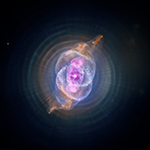
Cat's Eye Nebula
[ Learn More ]
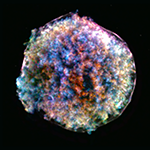
Tycho Supernova Remnant
[ Learn More ]

Spiderweb Galaxy
[ Learn More ]

V404 Cygni Black Hole
[ Learn More ]

Cassiopeia Remnant
[ Learn More ]
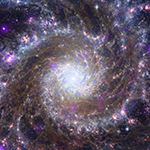
M74 Galaxy
[ Learn More ]
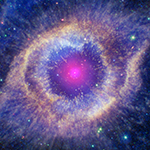
Helix Nebula
[ Learn More ]
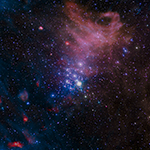
NGC 3293 Star Cluster
[ Learn More ]
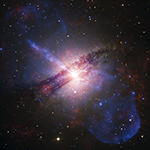
Centaurus A Galaxy
[ Learn More ]
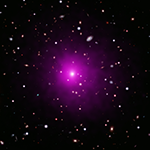
Abell 2261 Galaxy Cluster
[ Learn More ]
Find links to printable handouts and posters, more videos, and related coding activities.
Coding Resources:
Recoloring the Universe coding activity with Pencil Code
Low-tech Options:
Binary Code: nametag, bracelets, drumming
Tinkercad 3D Modeling activity
Sonification Resources:
Sonification of Exoplanet WASP-96 b
SYSTEM Sounds (more sonification examples)
Exoplanet Resources:
More Information: